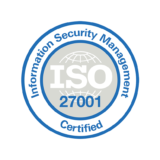Security challenges in healthcare Industry?
Data breaches cost the health care industry app approximately $5.6 billion every year, according to Becker’s Hospital Review. (Source https://healthinformatics.uic.edu/blog/cybersecurity-how-can-it-be-improved-in-health-care/)
Recently 9.7 million records of patients were compromised. (Source HIPPA journal https://www.hipaajournal.com/september-2020-healthcare-data-breach-report-9-7-million-records-compromised/)
Chart from HIPPA journal

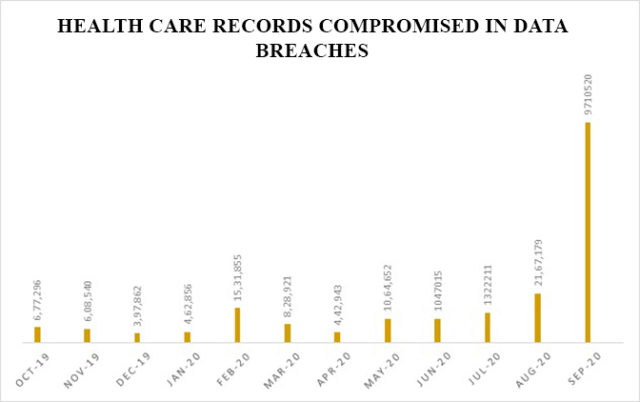
As organizations seek to guard their patient information from these growing threats, demand for health informatics professionals who are accustomed to this state of cyber security in health care is on the increase.
Another growing threat in health care security is found in medical devices. As pacemakers and other equipment become connected to the Online, they face the identical vulnerabilities as other computer systems. to substantiate patient safety, the U.S. Food & Drug Administration recommended that both the manufacturer that creates the device and the health care facility that implants it take preventive security measures.
Major challenges seen are:
1. Scoring system to rate risks: Risk score can be a calculated number (score) that reflects the severity of a risk thanks to some factors. Typically, project risk scores are calculated by multiplying probability and impact though other factors, like weighting even be a component of calculation. For qualitative risk assessment, risk scores are normally calculated using factors supported ranges in probability and impact. In quantitative risk assessments, risk probability and impact inputs are often discrete values or statistical distributions.


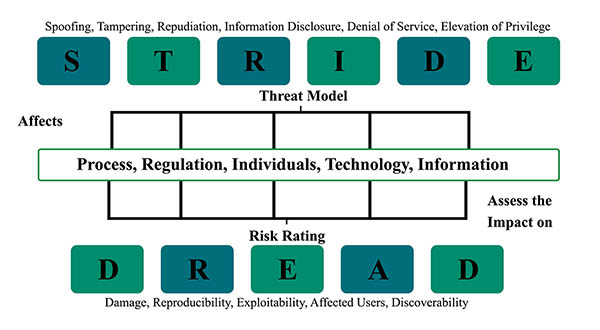
2. Thorough assessment of medical devices, interconnected platforms, and solutions: With the number of connected devices on healthcare networks rising, and more devices requiring network connectivity, there’s never been a more critical time to think about your medical device and IoT security strategy.
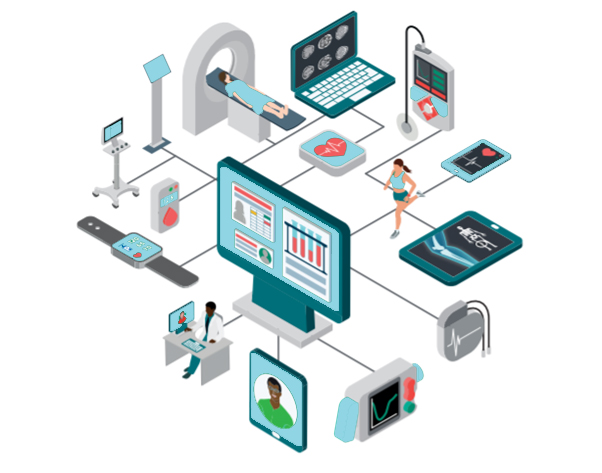
3.Investment in detection and prevention tools to respond to cyber-attacks: We reside in unique times with companies of all sizes and industries shifting to a far-off workforce to limit social interaction and help contain the COVID-19 outbreak. For several businesses, this has led executive leadership to position a spotlight on spending and explore ways to consolidate and within the reduction of.
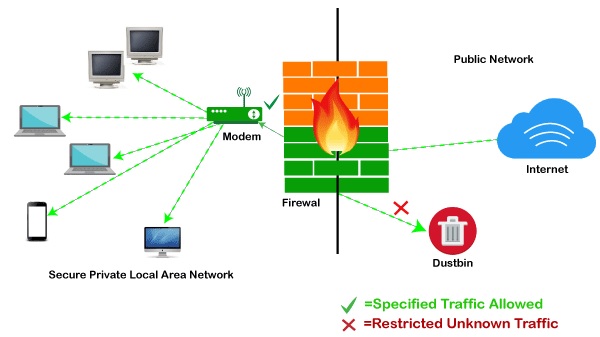
4. Employee security awareness: Cyber Security awareness is also a critical business issue for every organisation. However, it’s quite simply essential within the healthcare sector, where data is very sensitive. The large volumes of confidential data, combined with often vulnerable security systems, and a full network of connected medical devices make the healthcare sector a significant target for cybercriminals.
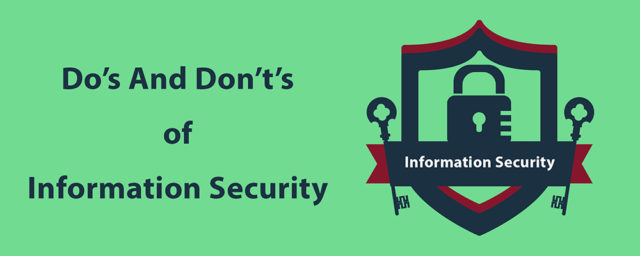
5. Phishing: Phishing has been a widely used tactic for attackers for quite a while, and that we have not seen the technique’s usage wane because it continues to prove successful. Especially given the distractedness that has include a worldwide pandemic, and the prioritization hospitals and other healthcare providers had to grant to that, phishing remains a serious reason for breaches within the industry.

6. Malware and Ransomware attacks: Cyber-attacks on healthcare organizations have become a trend within the last few years. With sensitive information of their patients with them, healthcare providers became a hot favourite for attackers. Keeping up with Beazley Breach Insights Report, healthcare organizations have suffered the simplest number of information breaches in 2018 than any sector within the U.S. economy.
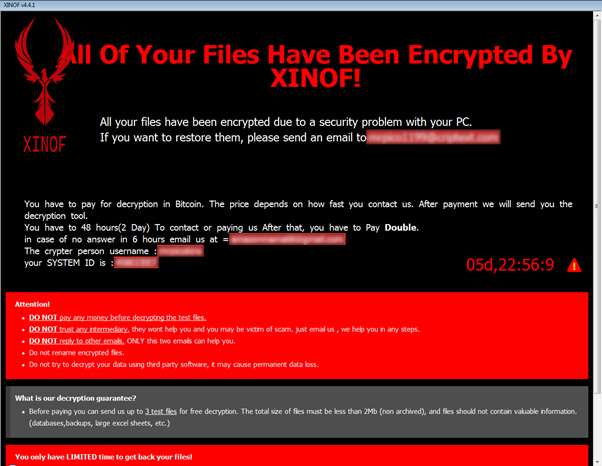
7. Thorough Assessment: To bolster the security of your ecosystem, you can utilise below areas to address security requirements.



